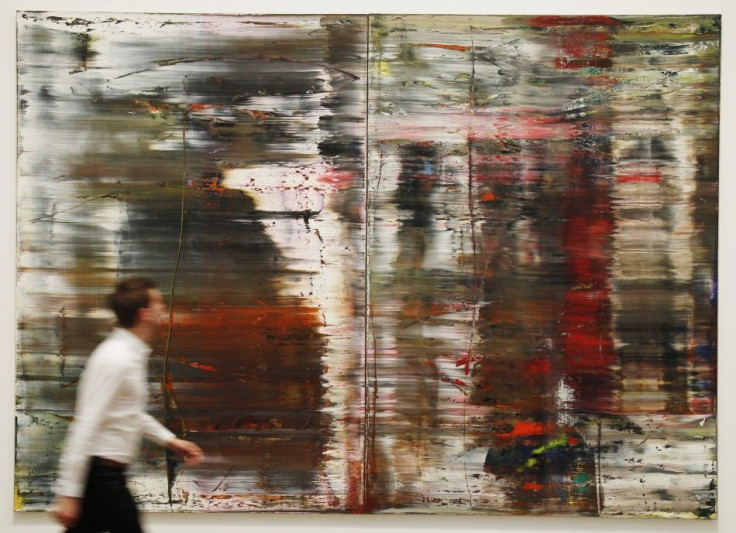Prized Painter Richter Calls Art Market 'Daft'

Gerhard Richter is one of the world's most prized living artists, and one of his famous Candle series is expected to fetch 6-9 million pounds ($9-14 million) at auction in London next week.
That is the highest price expected for a single work at the upcoming series of contemporary art sales, yet the man behind the image said he found such figures bewildering.
It's just as absurd as the banking crisis, said the 79-year-old German, speaking to reporters on Tuesday at the press launch of a major retrospective of his work opening at London's Tate Modern.
It's impossible to understand and it's daft, he added, speaking through an interpreter.
Asked how he thought the art market had changed in the last few years, he replied in English: It became worse.
The show, Gerhard Richter: Panorama, opens on October 6 and ends on January 8, 2012.
It coincides with the Frieze Art Fair being held in London next week which has become a magnet for art galleries and collectors from around the world.
As well as the fair itself, wealthy buyers can visit the auction house salerooms where prized works are on offer and a series of gallery openings and exhibitions around the city.
Christie's is offering a 1982 work by Richter called Kerze (Candle), not seen in public since 1986, and the price tag means it is likely to emerge as top lot at the sales.
The auction house said the slightly blurred image of a single burning candle became a sign of the unification of east and west Germany and as such, literally holds up a light to the global world of today.
Richter, born in Germany in 1932, moved from communist-controlled East Germany to West Germany in 1961.
NO COMMENT
Richter would probably shun such an interpretation of his work, studiously avoiding comment about what lay behind his images, be they abstract, figurative or a combination of the two.
His answers to questions from the media were brief.
Asked where he got his strength from to go on creating, he replied: I don't know. When someone quoted back his own words to him regarding painting being a moral act, he simply said: Don't ask me, please.
Tate director Nicholas Serota added: Being too specific about meaning can limit one's feeling for the work and, in any event, one's feelings about these works changes over time.
The show spans 14 rooms at Tate Modern, a converted power station on the banks of the River Thames.
It includes some of his best-known images, including Ema (Nude descending a staircase) from 1966, Candle and Betty
(1988).
Some rarely seen works include the first Color Chart from 1966 and, for the first time outside Germany, his 20-meter-long Stroke (on Red) (1980) based on a photograph of a brush stroke.
Themes range from the trivial to highly personal, and styles on display run from overpainted photographs of landscapes or people to abstract squeegee canvases.
Despite shunning interpretation, Richter is seen as a politically engaged artist.
He depicts aircraft dropping bombs during World War Two and represents a blurred vision of the attacks on the World Trade Center in New York in 2001.
Also included is the 15-part work 18 October 1977 (1988), a sequence of black-and-white paintings based on images of the left-wing Baader-Meinhof guerilla group.
The eerie, distorted pictures represent the arrests, deaths and funeral of the group's founding leaders.
The show will travel to Berlin and Paris after London. Entrance in London costs 12.70 pounds.
© Copyright Thomson Reuters 2024. All rights reserved.





















